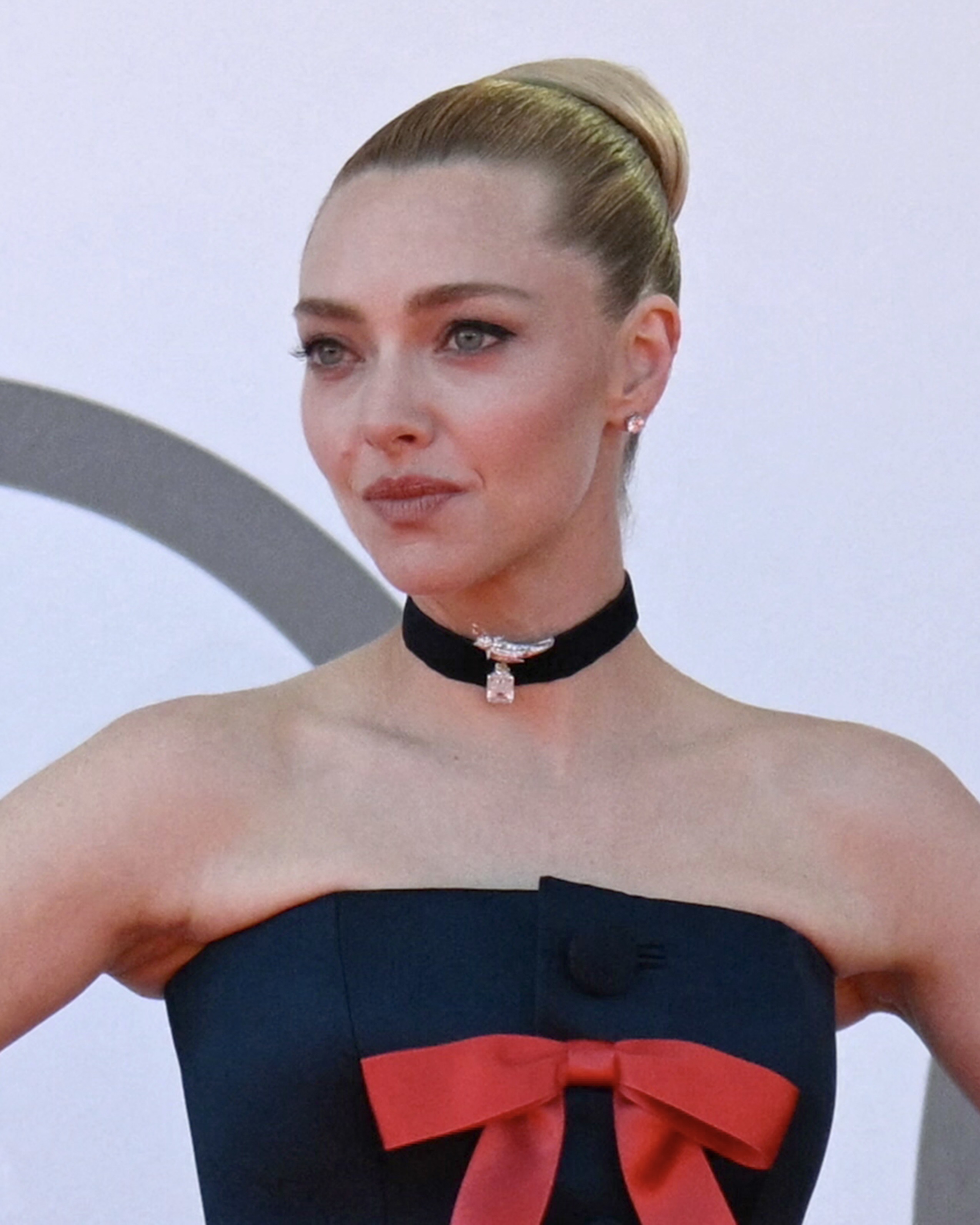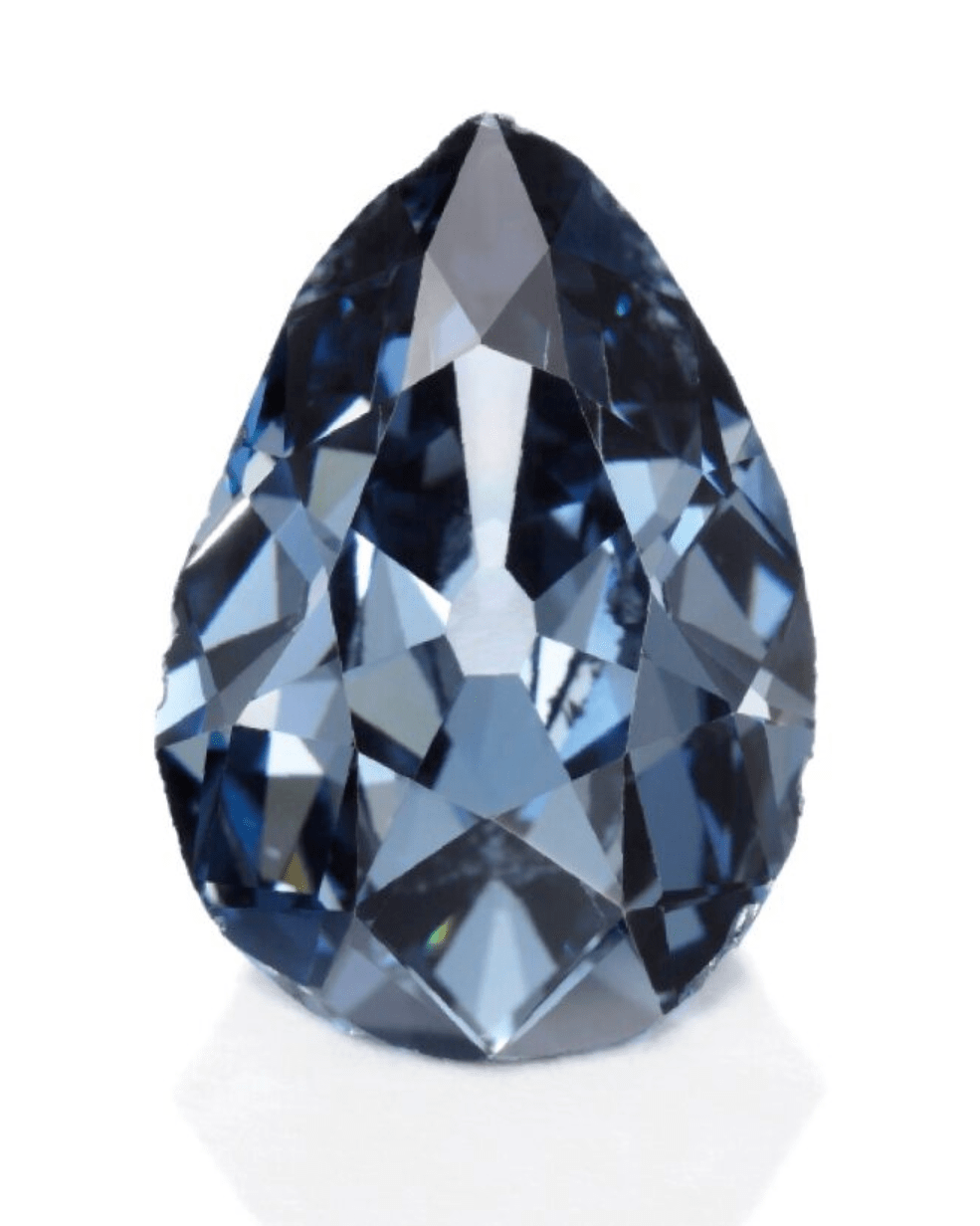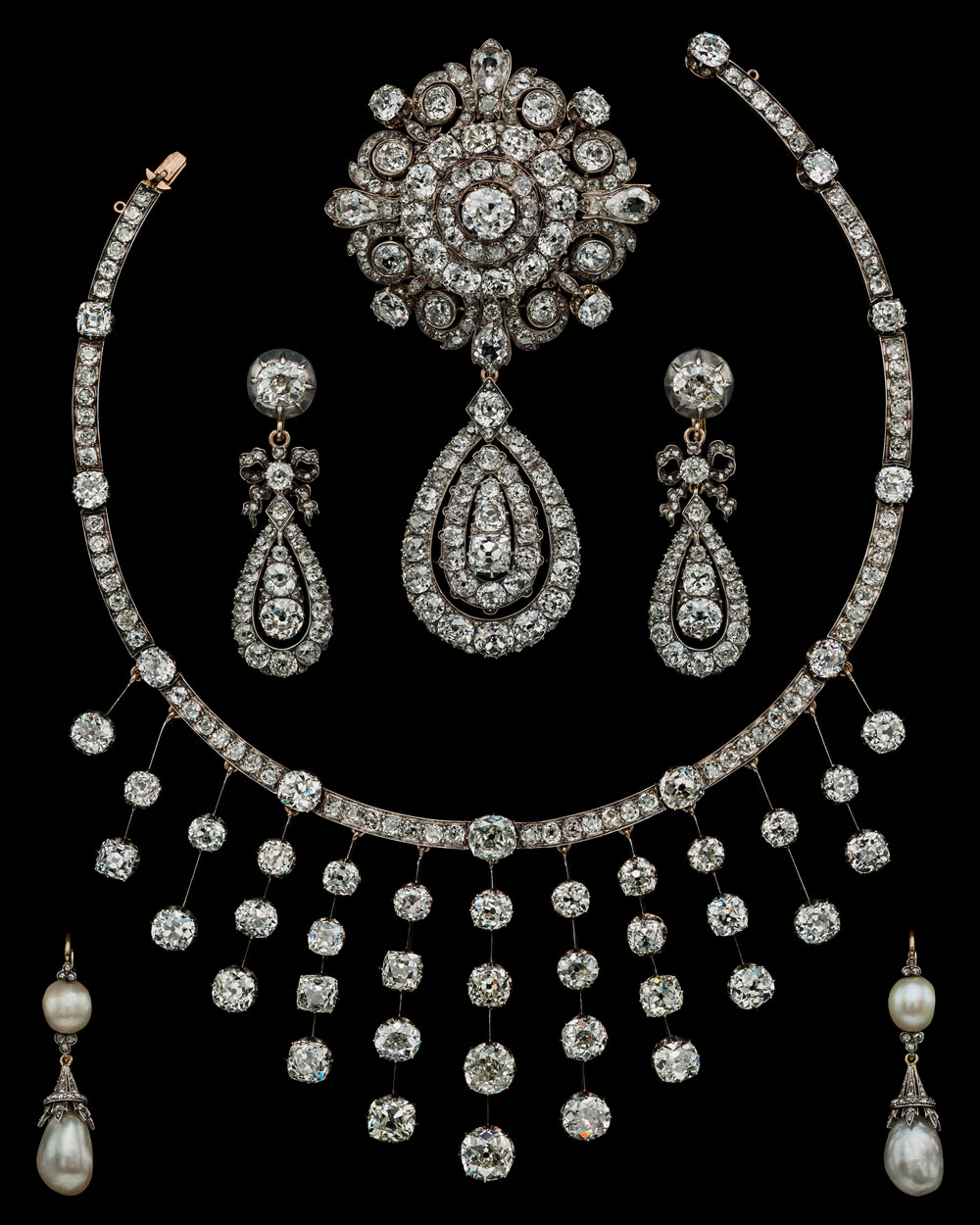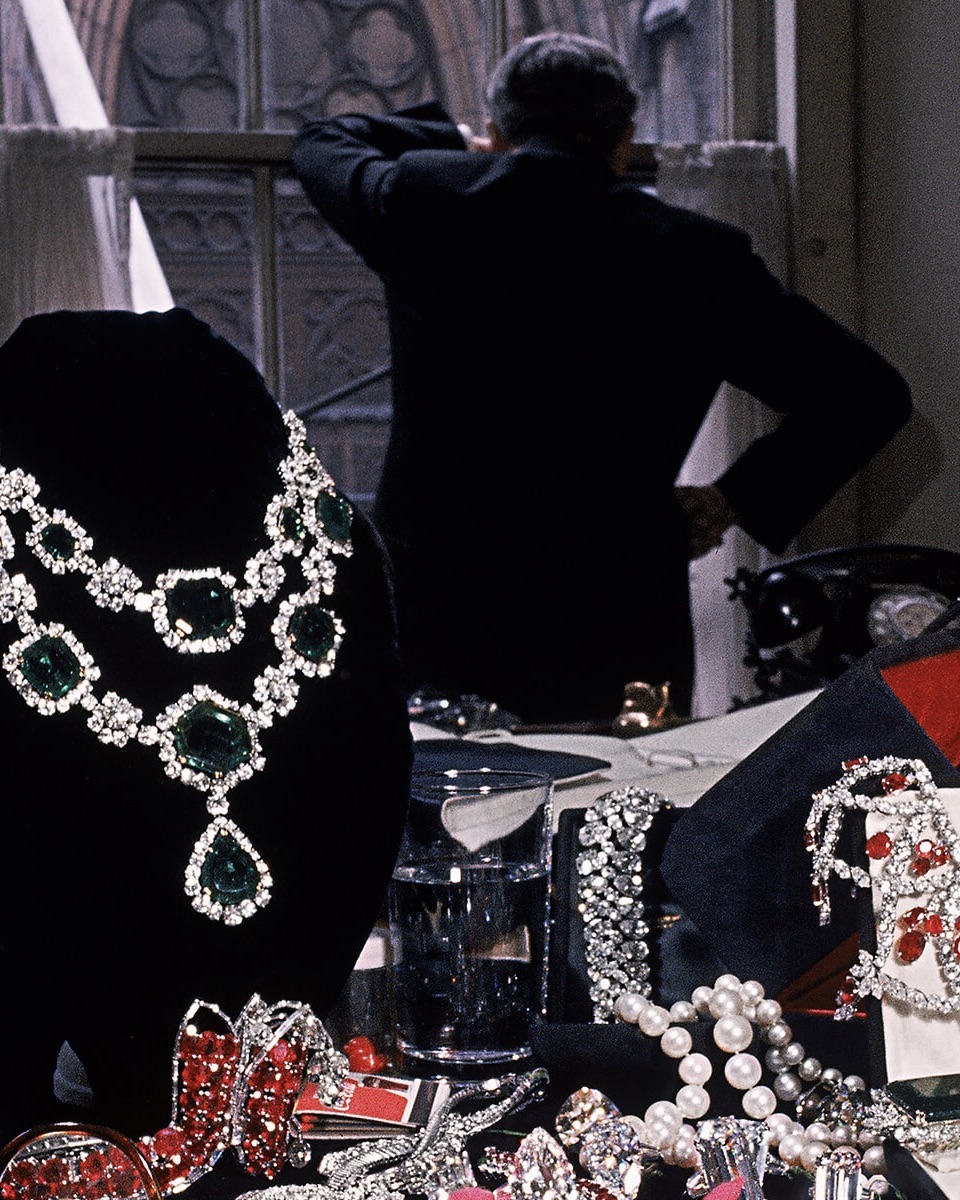< Historic Diamonds / Famous Diamonds
The Cullinan Diamond: The Royal Legacy of the World’s Largest Diamond
From a record-breaking rough diamond to nine extraordinary gems that adorn the British monarchy, the Cullinans’ journey remains one of the greatest tales in jewelry history.
Published: November 14, 2025
Written by: Grant Mobley

No other diamond in history has captured the world’s imagination quite like the Cullinan diamond. Discovered on January 26, 1905, at the Premier Mine in South Africa, this monumental rough diamond weighed an astonishing 3,106 carats (over 621 grams) and remains the largest gem-quality rough diamond ever found. Named after Thomas Cullinan, the mine’s owner, the stone’s discovery marked the beginning of one of the most extraordinary journeys in diamond history.
Meet the Expert

- Grant Mobley is the Jewelry & Watch Editor of Only Natural Diamonds.
- He is a GIA Diamonds Graduate.
- He has over 17 years of jewelry industry experience, starting with growing up in his family’s retail jewelry stores.
Ahead, discover how the legendary Cullinan Diamond was transformed into some of the most iconic jewels in the British Crown collection.
A Royal Gift and a Risky Voyage: The Cullinan Diamond’s Journey to the Crown
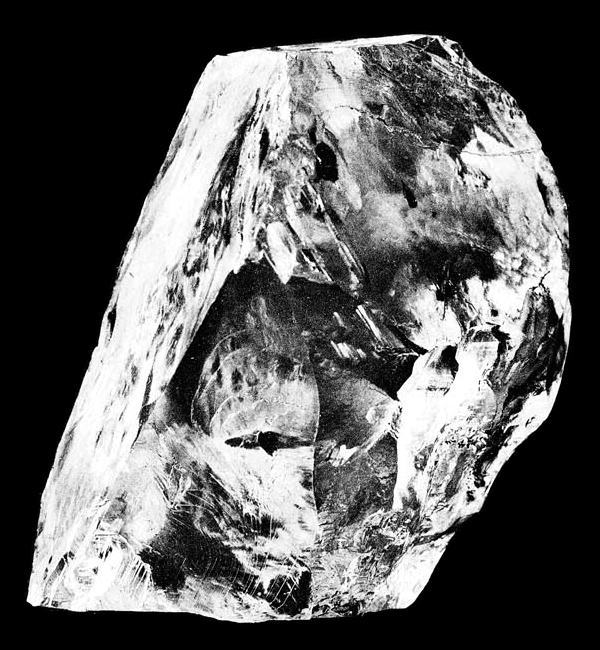
Two years after its discovery, the Transvaal Colony government purchased the Cullinan diamond as a gift for King Edward VII. The 1907 presentation was a gesture intended to symbolize unity between South Africa and the British Crown. The king then selected the famed diamond-cutting house Joseph Asscher & Co. in Amsterdam to transform the rough diamond into polished gems. The task required both courage and incredible skill.
Abraham Asscher personally traveled to London to collect the Cullinan diamond, carrying it back to Amsterdam tucked safely in his coat pocket. Meanwhile, to distract would-be thieves, a heavily guarded Royal Navy ship set sail with an empty decoy box in a clever ruse that worked perfectly. Even the ship’s crew was unaware that the package was a decoy.
Asscher spent four days carving a groove in the stone to begin the process. On February 10, 1908, Joseph Asscher made history when he split the rough in two with a precise strike in the groove. The operation was so tense that legend has it he fainted after the successful cut. Over the next eight months, three craftsmen worked 14-hour days to shape the Cullinan diamond into nine principal stones, along with nearly 100 smaller brilliants.
The Nine Cullinan Diamonds
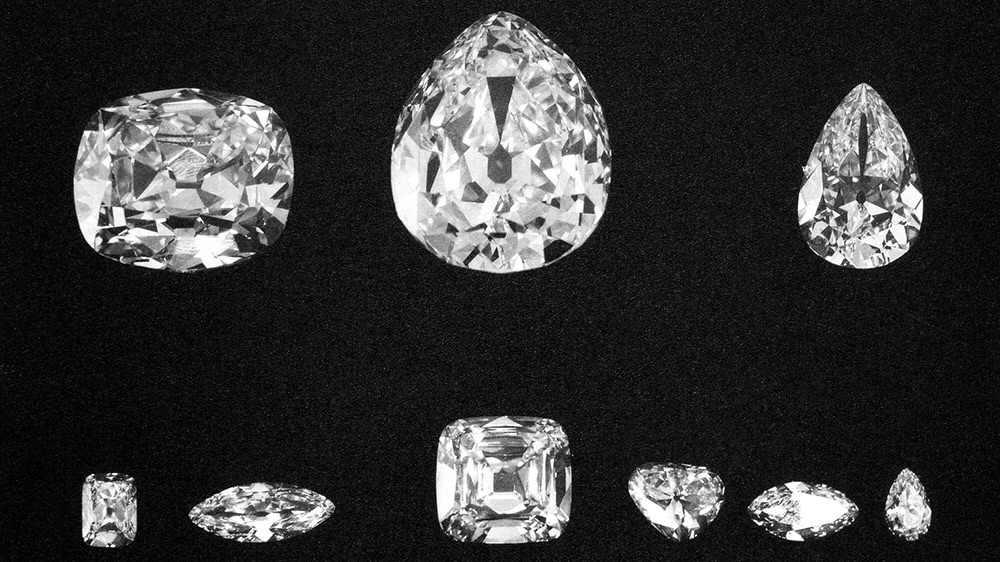
All but the two largest stones (Cullinan I and II) remained in Amsterdam as payment for Asscher’s remarkable work. A few years later, the South African government purchased the remaining Cullinan diamonds and presented them to Queen Mary in 1910, with one exception: Cullinan VI, which King Edward VII had personally bought from Asscher and gifted to his wife, Queen Alexandra. In 1953, she bequeathed all of her Cullinan diamonds to her granddaughter, Queen Elizabeth II, ensuring that the entire legacy of the world’s largest diamond remained within the royal family. Together, the nine diamonds form a dazzling record of both geological wonder and royal history.
Cullinan I – The Great Star of Africa (530.2 carats)
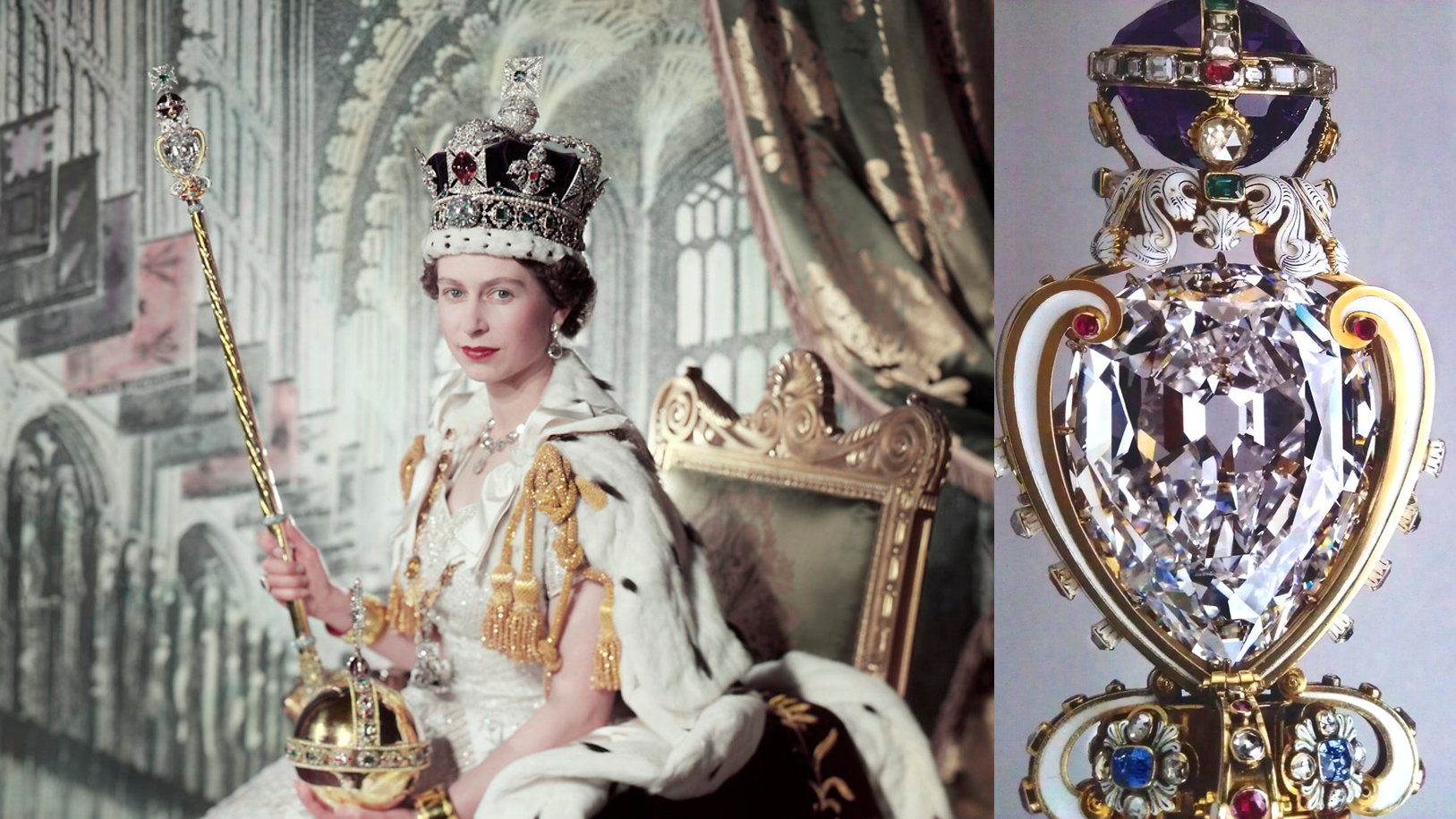
The largest of the nine, the pear-shaped Cullinan I, remains the world’s largest colorless cut diamond. Jewelers set it in 1910 into the Sovereign’s Sceptre with Cross, which they redesigned to accommodate its incredible size.
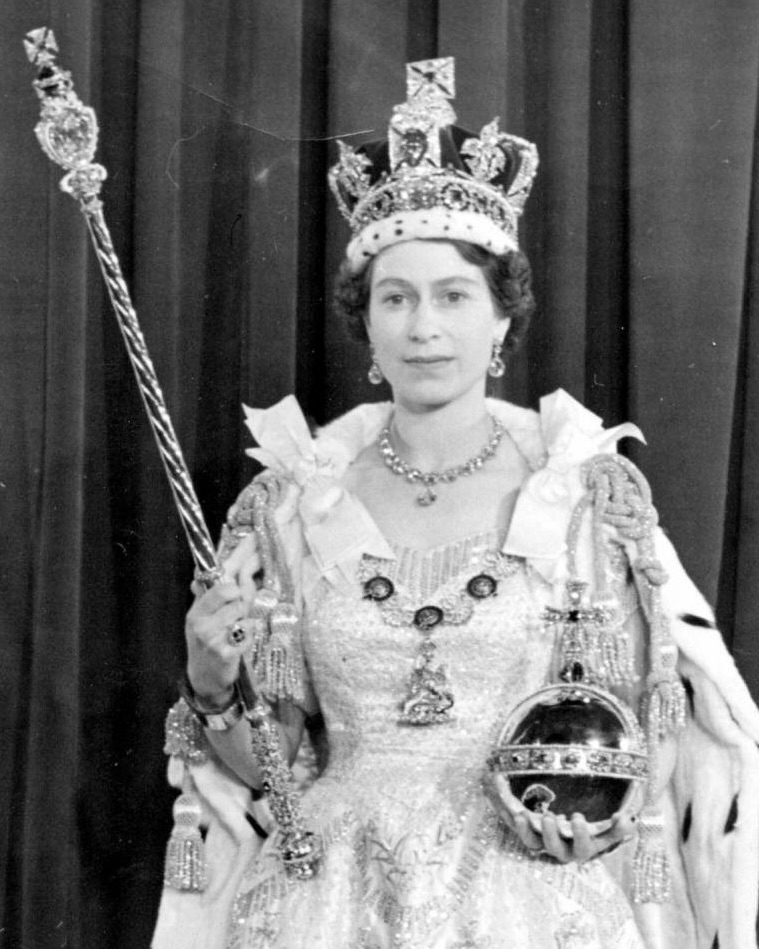
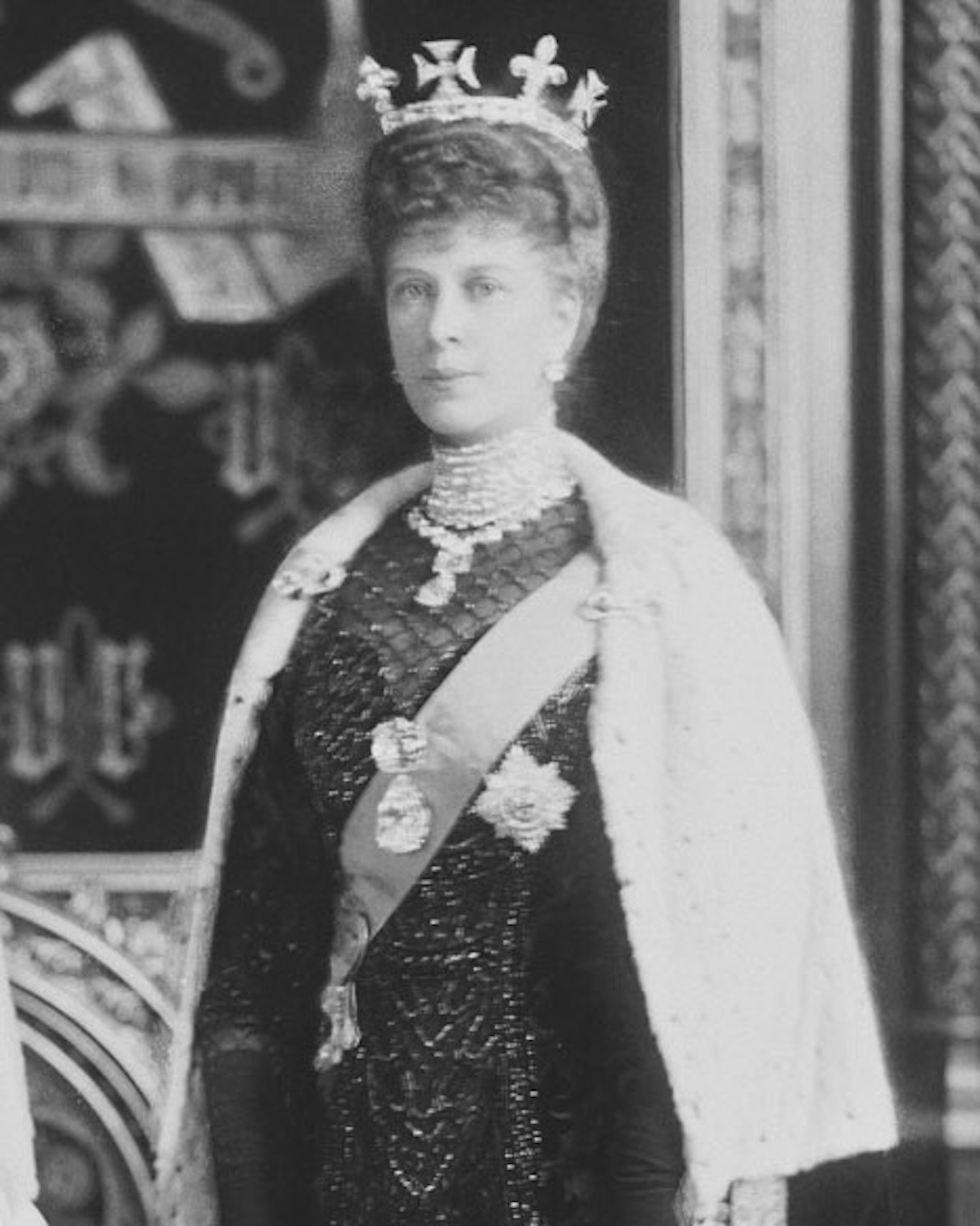
The diamond, known as the Great Star of Africa, can be removed and worn as a brooch paired with Cullinan II. Queen Mary wore it this way several times. It is usually on display in the Tower of London alongside many of the other Crown Jewels.
Cullinan II – The Second Star of Africa (317.4 carats)
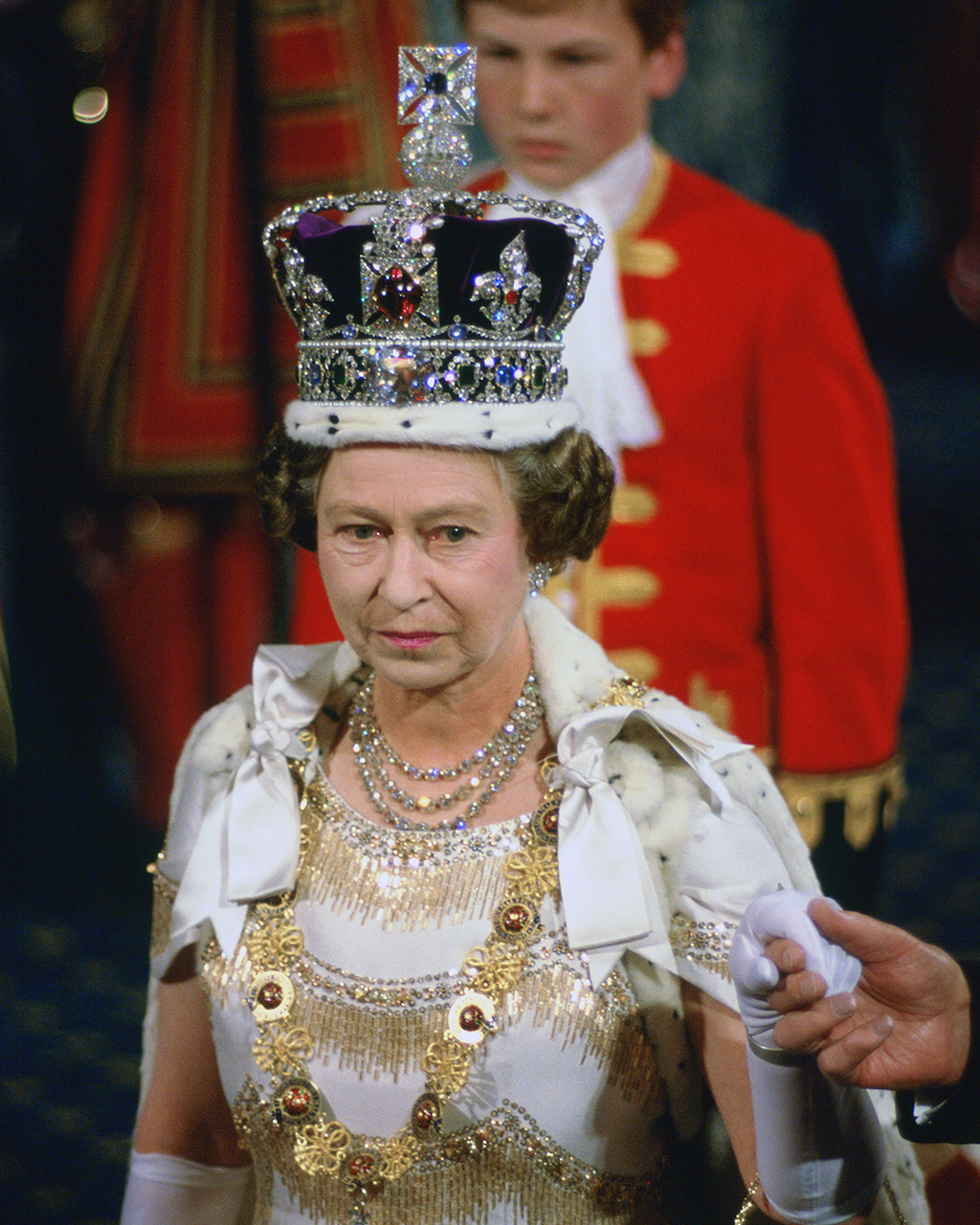

The cushion-cut Cullinan II adorns the front of the Imperial State Crown, just beneath the Prince’s Ruby (which, famously, is actually a red spinel). Its commanding presence makes it one of the most recognizable gems in the world, seen each time the crown is displayed or worn during state ceremonies, such as the coronation of Queen Elizabeth II in 1953 and King Charles III in 2023. It is removable, and as stated above, can be fitted together with Cullinan I and worn as a brooch.
Cullinan III – The Lesser Star of Africa (94.4 carats)


This pear-shaped diamond was initially set in the cross of Queen Mary’s Crown for her coronation in 1911. It later became part of the Delhi Durbar Tiara and, in 1914, was suspended as a pendant in The Coronation Necklace, replacing the Lahore Diamond. Most frequently, Queen Elizabeth II wore it as a brooch paired with Cullinan IV—a combination affectionately nicknamed “Granny’s Chips.” The Queen famously debuted the brooch during a 1958 visit to the Asscher Diamond Company, where 50 years earlier, they had first cut the Cullinan.
Cullinan IV – The Lesser Star of Africa (63.6 carats)

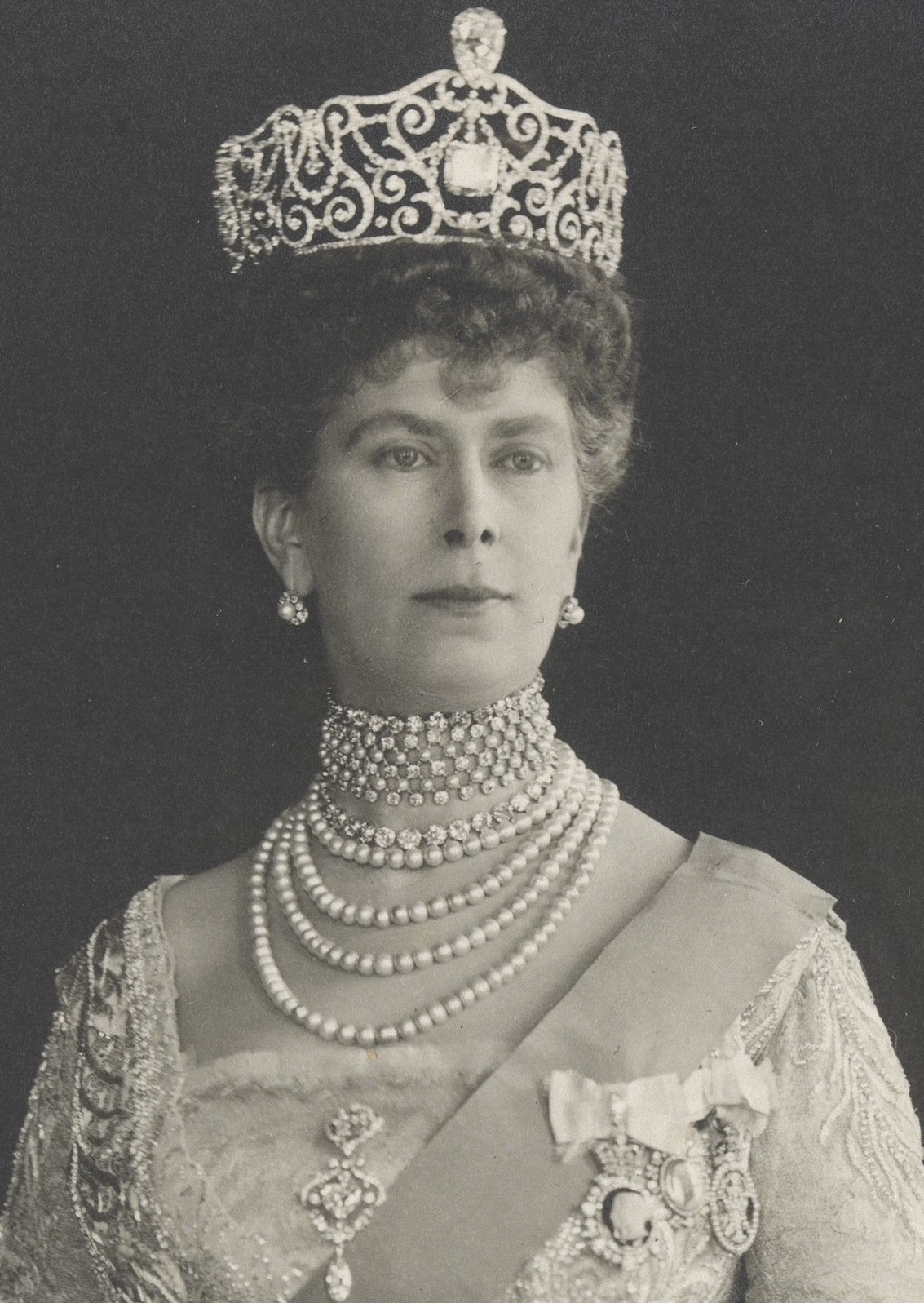
This cushion-cut diamond was first mounted in the base of Mary’s Crown below the Koh-i-Noor and later joined Cullinan III as part of the now-famous Granny’s Chips brooch. Most recently, Cullinans III and IV were reset in Mary’s Crown for Camilla’s 2023 coronation, marking a historic return to public display for these legendary gems.
Cullinan V – Heart of the Delhi Durbar Brooch (18.8 carats)

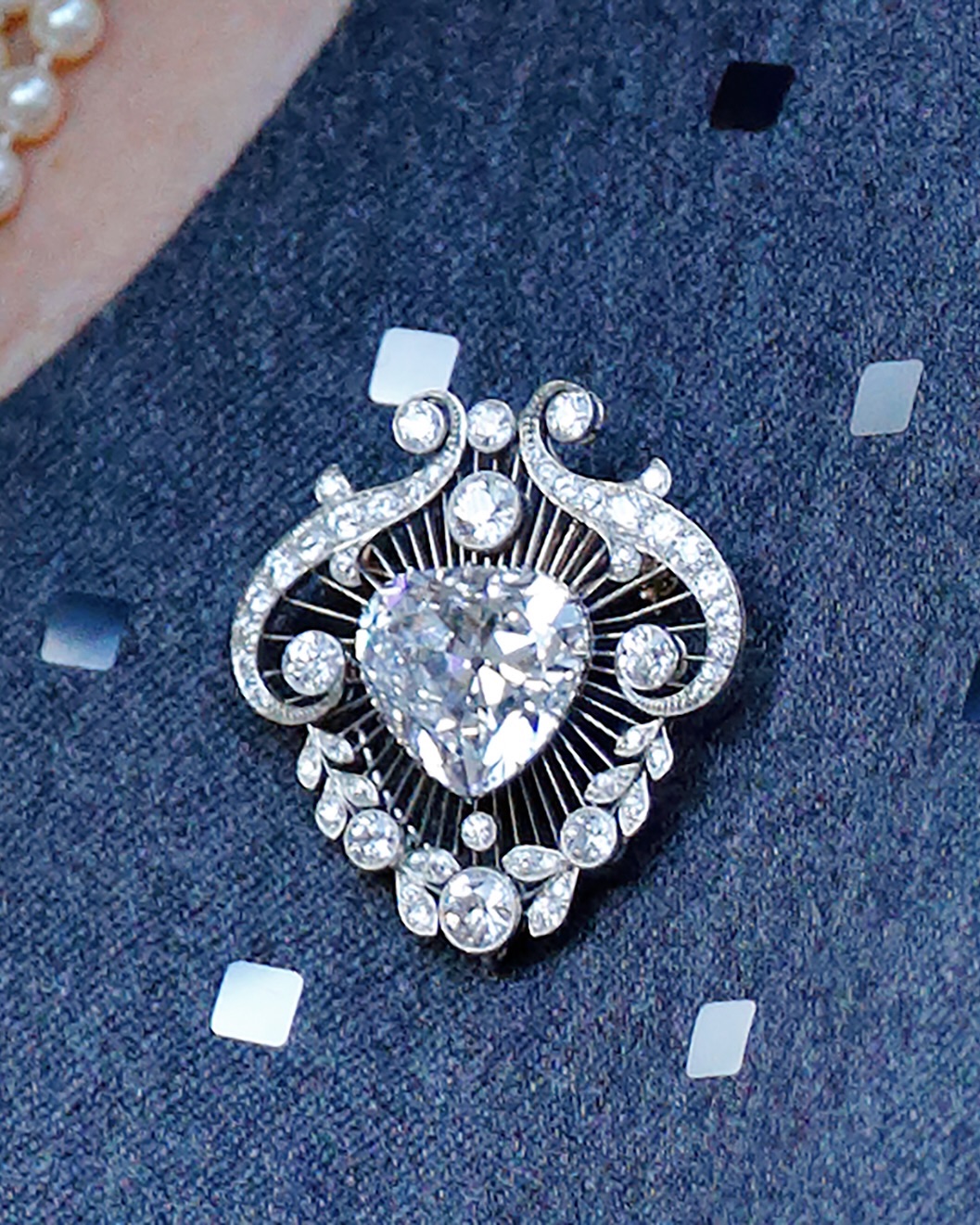

Heart-shaped and set in platinum, Cullinan V forms the centerpiece of an ornate brooch designed for Queen Mary to wear at the Delhi Durbar in 1911. The brooch can also be attached to other Cullinan pieces, including the VI, VII, and VIII, forming separate brooches or as part of an intricate convertible parure. It was prominently displayed again on Queen Mary’s Crown during Queen Camilla’s coronation in 2023, replacing the more traditional Koh-i-Noor.
Cullinan VI – The Marquise Pendant (11.5 carats)

This elegant marquise-cut diamond hangs from the brooch containing Cullinan VIII and was originally part of the same Delhi Durbar set. Made at the same time, it bears a resemblance to the Cullinan V brooch. Together, they form a detachable brooch bordered by 96 smaller diamonds. Queen Mary often wore the combination as part of her grand stomacher at court occasions.
Cullinan VII – The Marquise Pendant of the Delhi Durbar Necklace (8.8 carats)
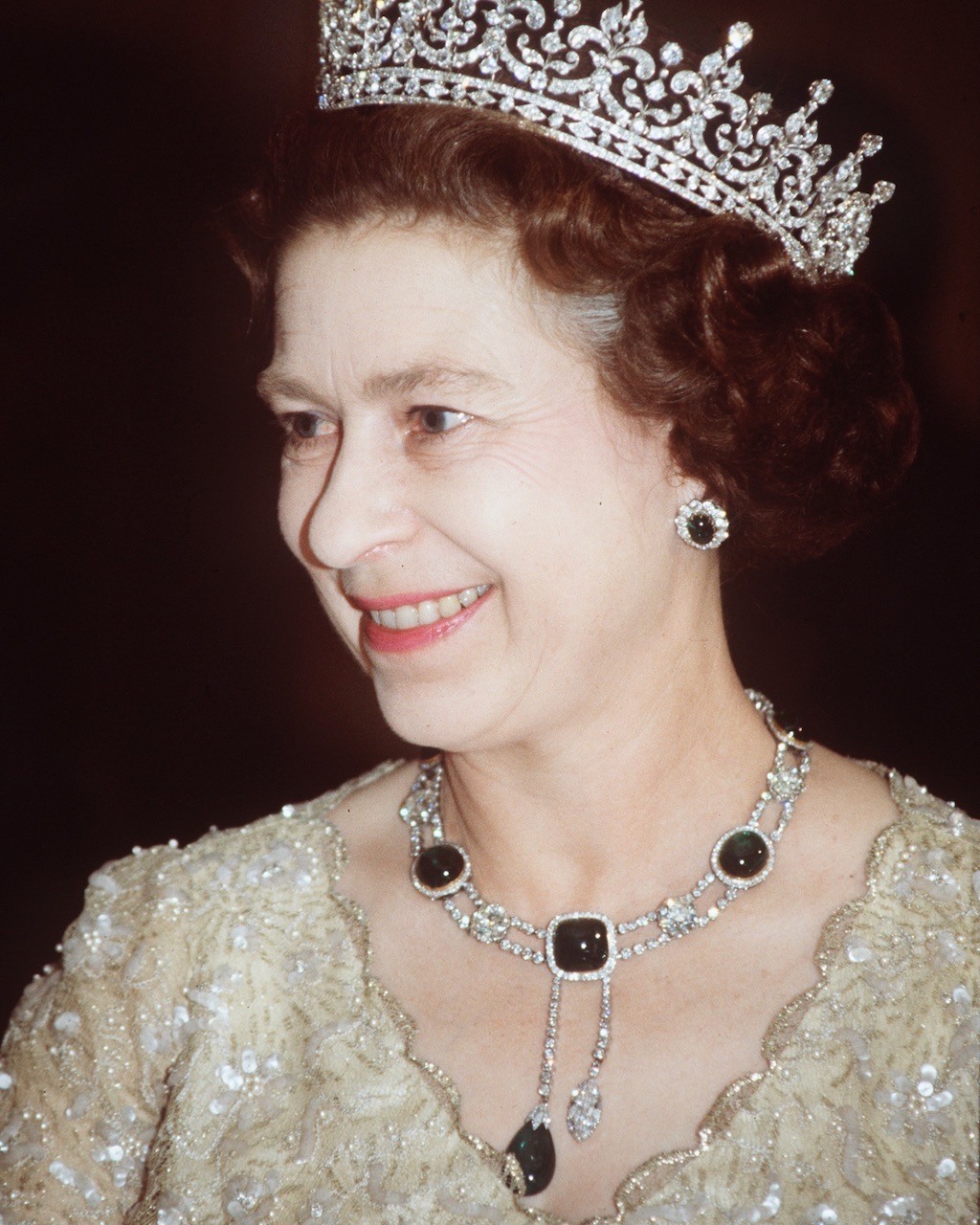
Gifted initially by King Edward VII to Queen Alexandra, Cullinan VII later passed to Queen Mary, who had it set as a pendant on the diamond-and-emerald Delhi Durbar necklace. The necklace remains one of the grandest examples of early 20th-century royal jewelry, blending Indian and British design influences.
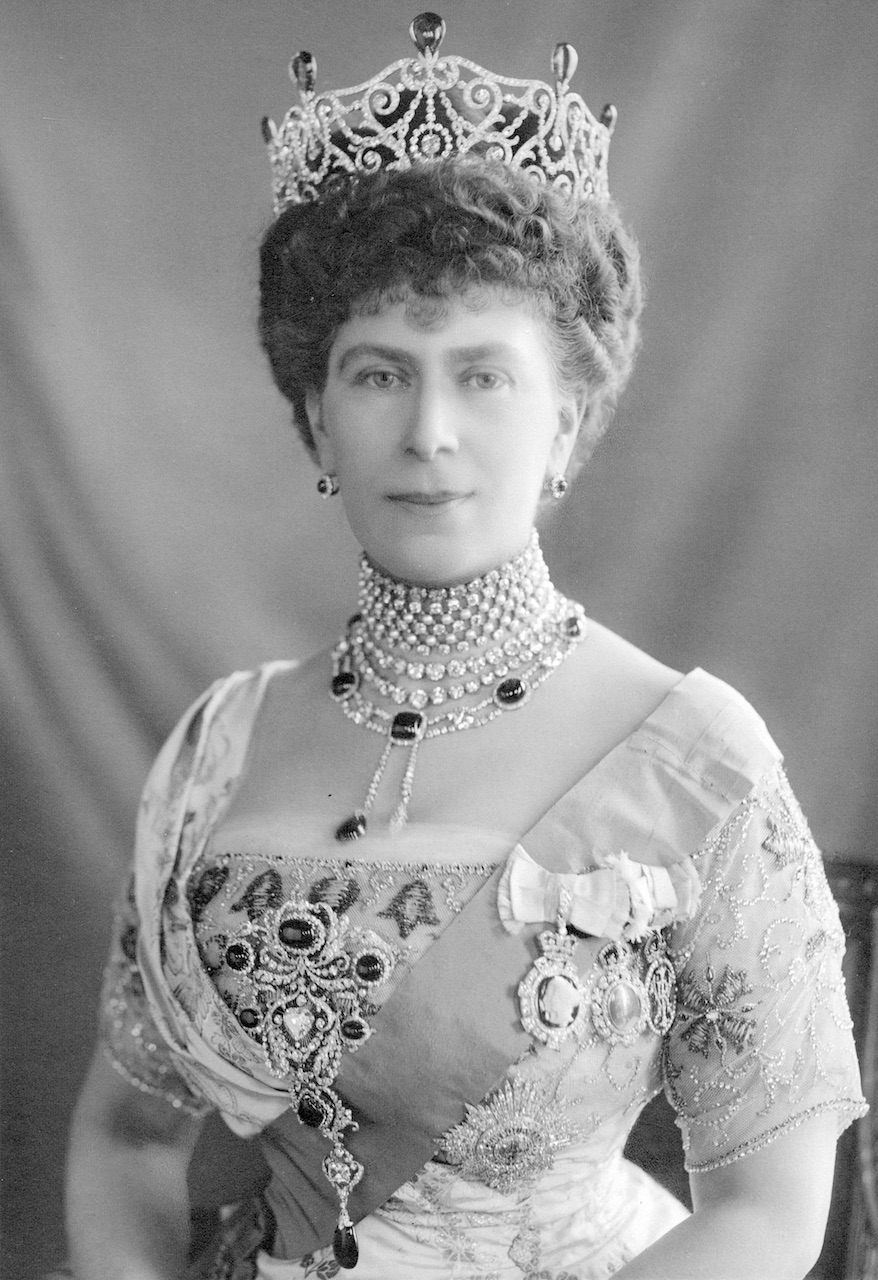
Cullinan VIII – The Cushion Brooch (6.8 carats)
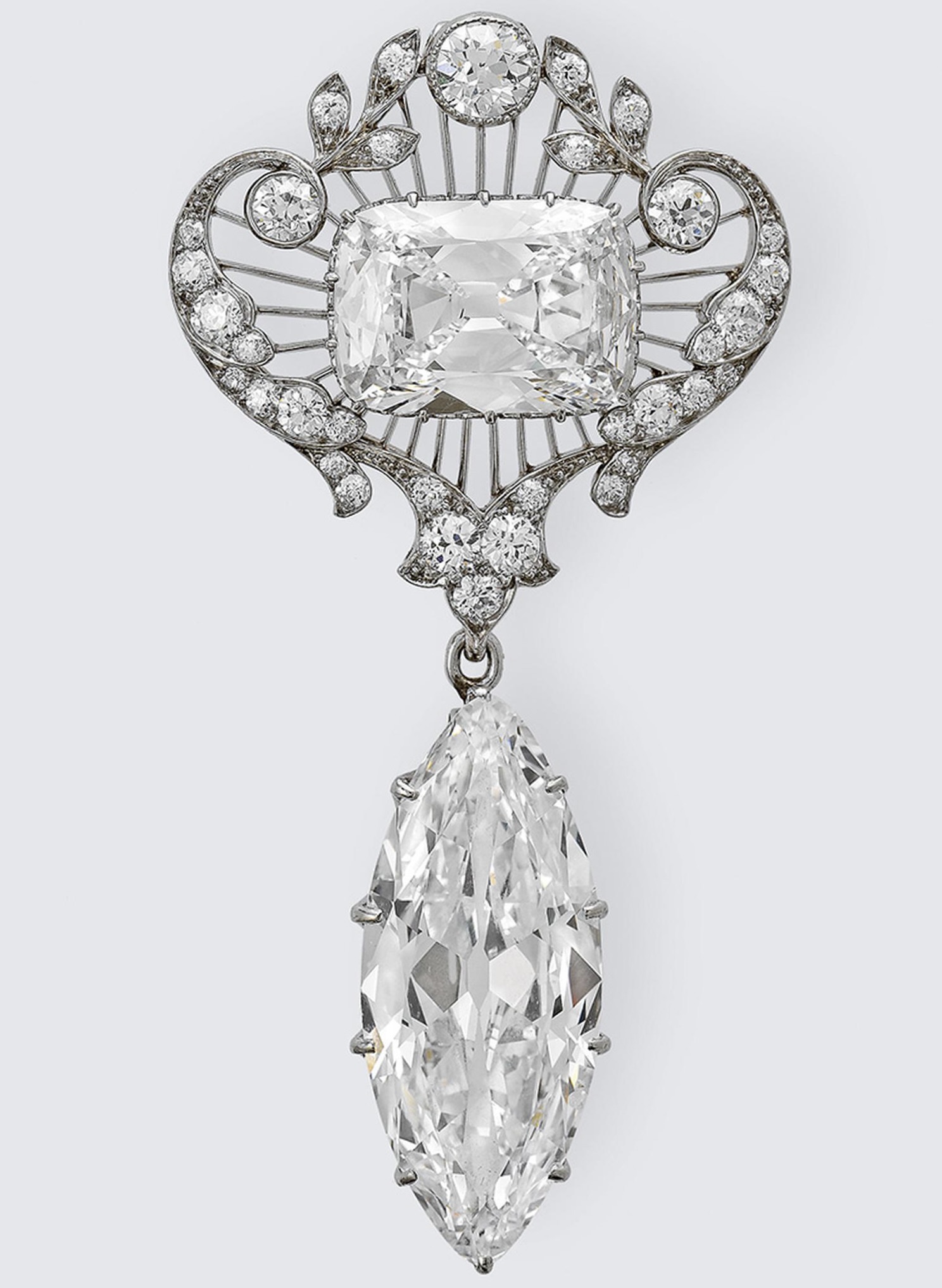
Set in the center of a brooch that forms part of the same stomacher as Cullinan VI, this cushion-cut stone complements the symmetrical design. The two pieces together create a distinctive double-diamond motif that remains a highlight of Mary’s collection and can be worn as a separate brooch, apart from the Delhi Durbar stomacher, alongside the Cullinan VI.
Cullinan IX – The Ring (4.39 carats)
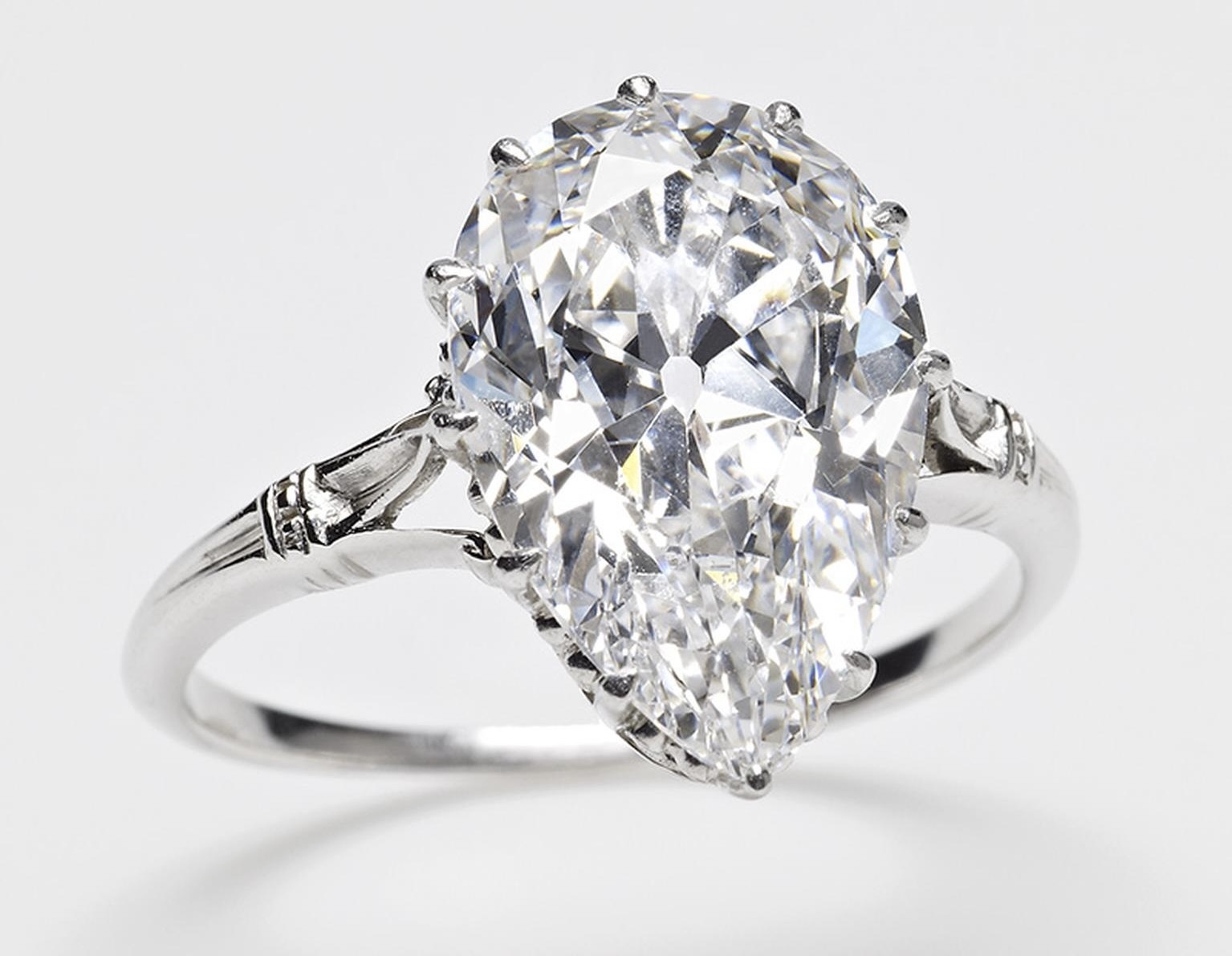
The smallest of the principal Cullinan diamonds, this pear-shaped gem was set by Garrard in a platinum ring for Queen Mary in 1911. It later passed to Queen Elizabeth II, who often wore it as an understated but sentimental favorite. Despite its relatively modest size, it carries immense historic and emotional value as the final numbered stone of the world’s largest diamond.
The Cullinan Diamonds’ Legacy of Light
From the sceptre and the crown to brooches and necklaces still worn by modern royals, the Cullinan diamonds continue to represent more than just extraordinary beauty. They embody heritage, continuity, and craftsmanship at the highest level. Each gem tells part of a story that began deep within the Earth billions of years ago and continues to sparkle through the centuries, reflecting the brilliance of nature and the fascination of the royal family that guards them.


